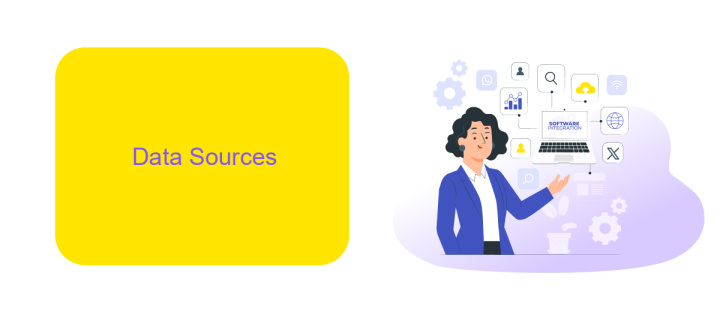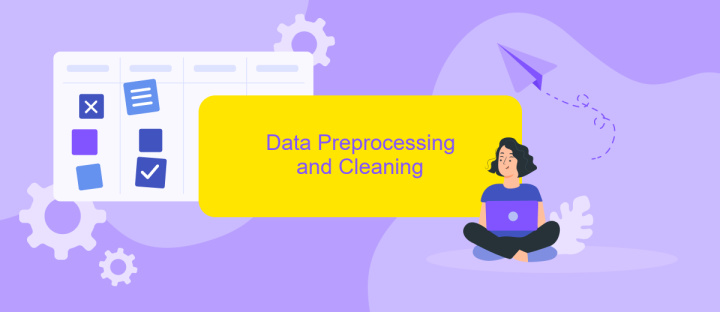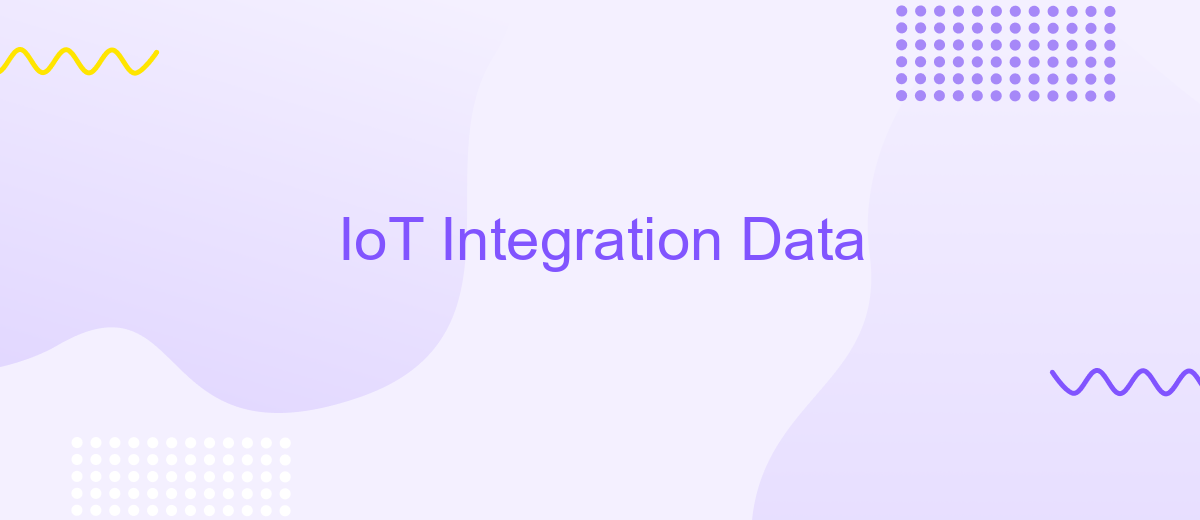IoT Integration Data
The integration of Internet of Things (IoT) data is revolutionizing industries by enabling seamless connectivity and data exchange between devices. This convergence facilitates smarter decision-making, enhances operational efficiency, and drives innovation. In this article, we explore the key aspects of IoT data integration, its benefits, and the challenges businesses face in harnessing the full potential of this transformative technology.
IoT Integration Data
Integrating data from IoT devices is crucial for leveraging the full potential of the Internet of Things. This process involves collecting, processing, and analyzing data from various sensors and devices to provide actionable insights and improve decision-making. Effective data integration ensures seamless communication between IoT devices and enterprise systems, leading to enhanced operational efficiency and innovation.
- Data Collection: Gathering data from diverse IoT devices in real-time.
- Data Processing: Filtering, aggregating, and transforming raw data into useful formats.
- Data Analysis: Utilizing advanced analytics to extract meaningful insights.
- Data Storage: Securely storing large volumes of IoT data for future reference.
- Data Visualization: Presenting data in an easily understandable manner through dashboards and reports.
Services like ApiX-Drive simplify the integration process by providing a user-friendly platform to connect various IoT devices and applications. ApiX-Drive allows for automated data transfers, reducing the need for manual intervention and ensuring that data flows smoothly between systems. This not only saves time but also enhances data accuracy and reliability, making it an invaluable tool for businesses looking to harness the power of IoT.
Data Sources

In the realm of IoT integration, data sources play a crucial role in ensuring seamless connectivity and efficient data management. These sources can range from sensors and devices to cloud platforms and third-party APIs. Sensors and devices generate real-time data, which is then transmitted to cloud platforms for storage and analysis. Cloud platforms, such as AWS IoT and Microsoft Azure IoT, provide robust infrastructure to handle large volumes of data, enabling scalable and reliable data processing. Additionally, third-party APIs facilitate the integration of various IoT components, allowing for enhanced interoperability and data exchange between different systems.
To streamline the integration process, services like ApiX-Drive offer valuable solutions. ApiX-Drive enables businesses to connect multiple IoT data sources without the need for extensive coding or technical expertise. By providing a user-friendly interface and pre-built connectors, ApiX-Drive simplifies the integration of IoT devices, cloud platforms, and APIs. This not only accelerates the deployment of IoT solutions but also ensures that data flows seamlessly across different systems, enhancing overall operational efficiency and decision-making capabilities.
Data Preprocessing and Cleaning

Data preprocessing and cleaning are crucial steps in ensuring the quality and reliability of IoT integration data. These processes involve transforming raw data into a clean dataset that can be effectively used for analysis and decision-making. Proper data preprocessing helps in removing inaccuracies, handling missing values, and ensuring consistency across the dataset.
- Data Collection: Gather raw data from various IoT devices and sensors.
- Data Cleaning: Remove duplicates, correct errors, and handle missing values.
- Data Transformation: Convert data into a consistent format suitable for analysis.
- Data Integration: Combine data from multiple sources for a unified dataset.
- Data Validation: Ensure the accuracy and reliability of the processed data.
Using services like ApiX-Drive can streamline the integration of IoT data by automating data collection and transformation processes. ApiX-Drive offers tools that facilitate seamless integration with various IoT devices, ensuring that the data is accurately preprocessed and ready for analysis. This helps organizations save time and resources while maintaining high data quality standards.
Data Transformation and Enrichment

Data transformation and enrichment are critical processes in IoT integration, ensuring that raw data collected from various devices is converted into a usable format. This process involves cleaning, filtering, and structuring the data to make it suitable for analysis and decision-making.
One of the key aspects of data transformation is the normalization of data from different sources to ensure consistency. Enrichment, on the other hand, involves augmenting the data with additional information to provide more context and value. This can include adding metadata, geolocation data, or integrating third-party data sources.
- Data Cleaning: Removing duplicates and correcting errors.
- Data Filtering: Selecting relevant data points for analysis.
- Data Structuring: Organizing data into a consistent format.
- Data Enrichment: Adding additional context to the data.
Tools like ApiX-Drive can simplify the integration process by automating data transformation and enrichment tasks. ApiX-Drive allows seamless connection between various IoT devices and data platforms, ensuring that the data is continuously updated and enriched in real-time. This not only enhances the quality of the data but also accelerates the decision-making process.
Data Storage and Management
Effective data storage and management are critical components of IoT integration. With the exponential growth of connected devices, the volume of data generated has increased significantly. This data needs to be stored securely and managed efficiently to ensure its availability for real-time processing and analysis. Cloud storage solutions offer scalable and flexible options for handling large datasets, while edge computing can reduce latency by processing data closer to its source. Implementing robust data management strategies, including data encryption, regular backups, and access controls, is essential to maintain data integrity and security.
In addition to traditional storage solutions, integration platforms like ApiX-Drive can streamline the process of connecting various IoT devices and data sources. ApiX-Drive provides a user-friendly interface for setting up automated data flows between different systems, reducing the complexity of data integration. By leveraging such services, organizations can ensure seamless data transfer and synchronization, enabling more efficient data management and utilization. This not only enhances operational efficiency but also supports better decision-making through timely access to accurate data.
FAQ
What is IoT Integration Data?
Why is IoT Integration important?
How can businesses benefit from IoT Integration?
What are the common challenges in IoT Integration?
Which tools can help with IoT Integration?
Apix-Drive will help optimize business processes, save you from a lot of routine tasks and unnecessary costs for automation, attracting additional specialists. Try setting up a free test connection with ApiX-Drive and see for yourself. Now you have to think about where to invest the freed time and money!

